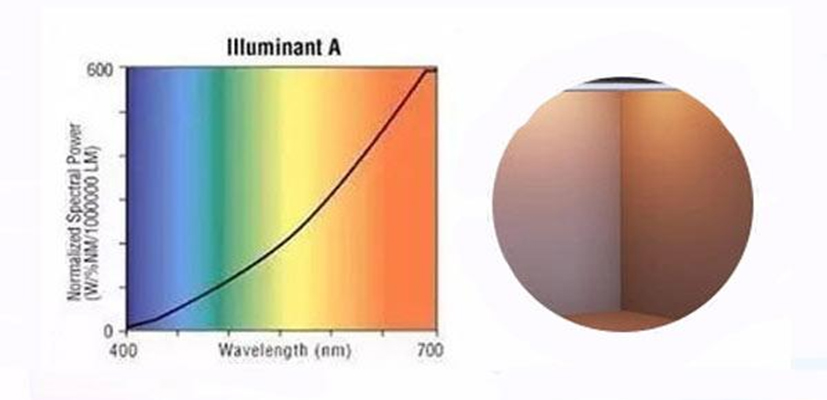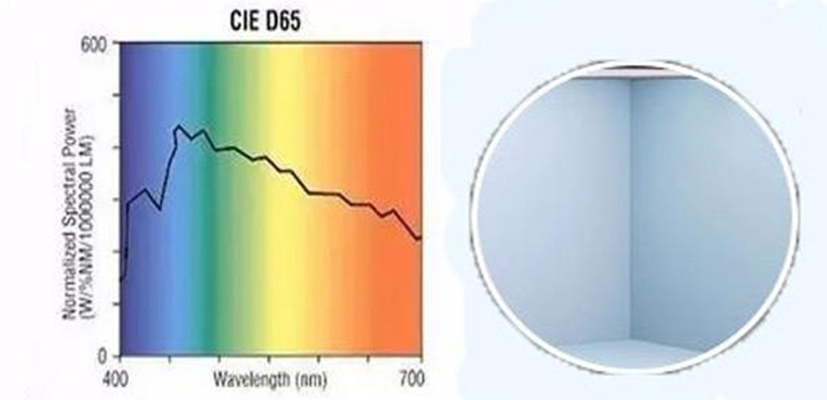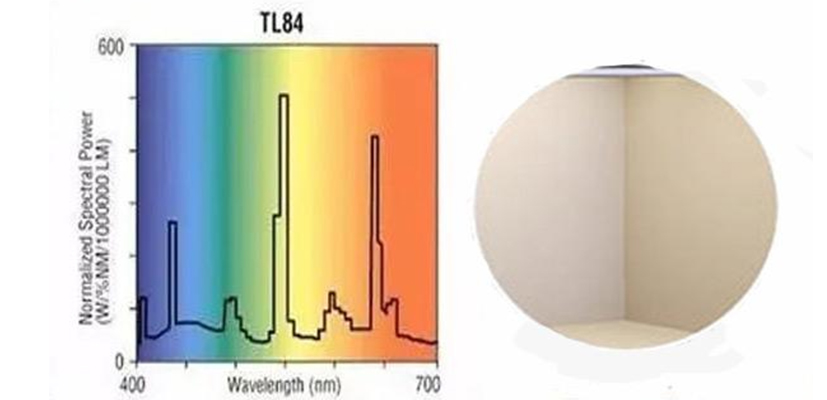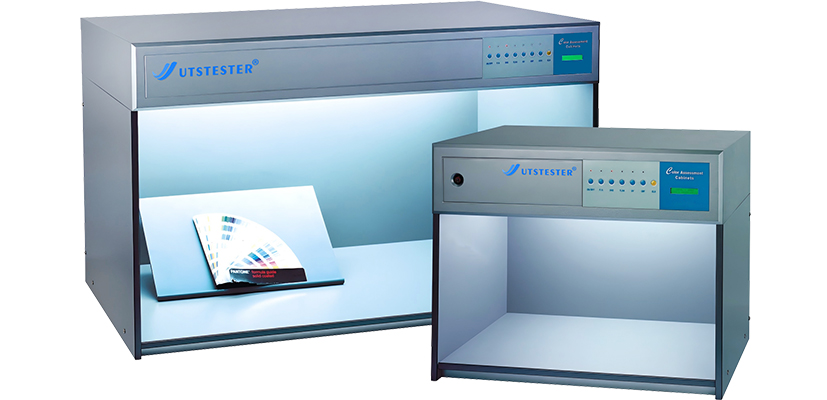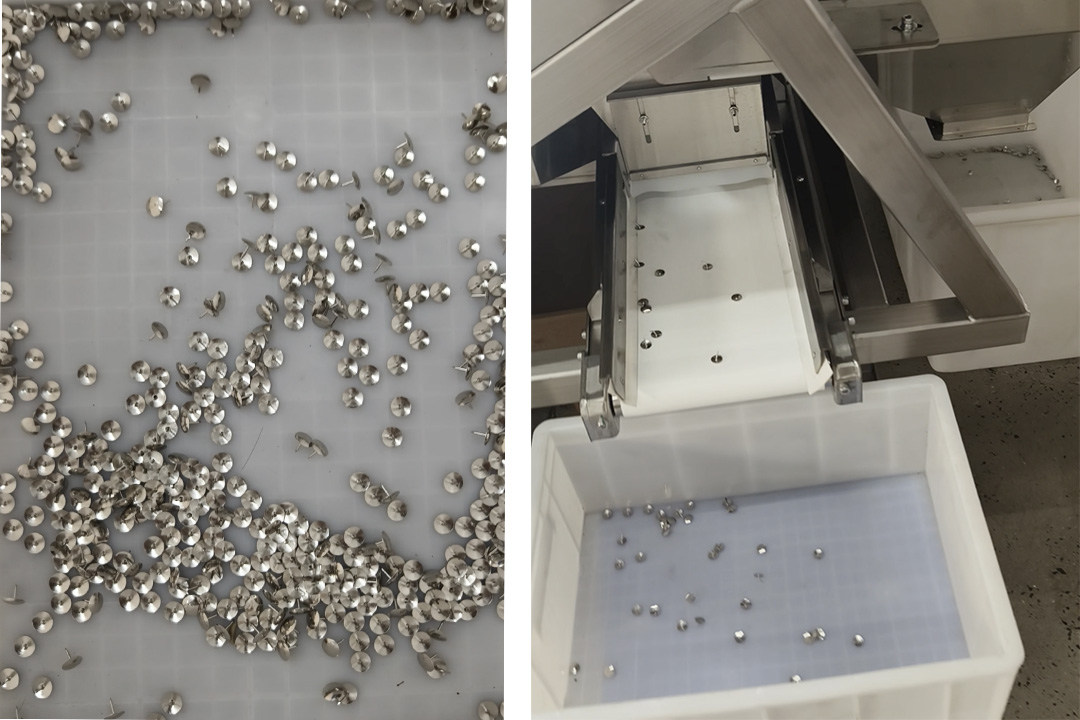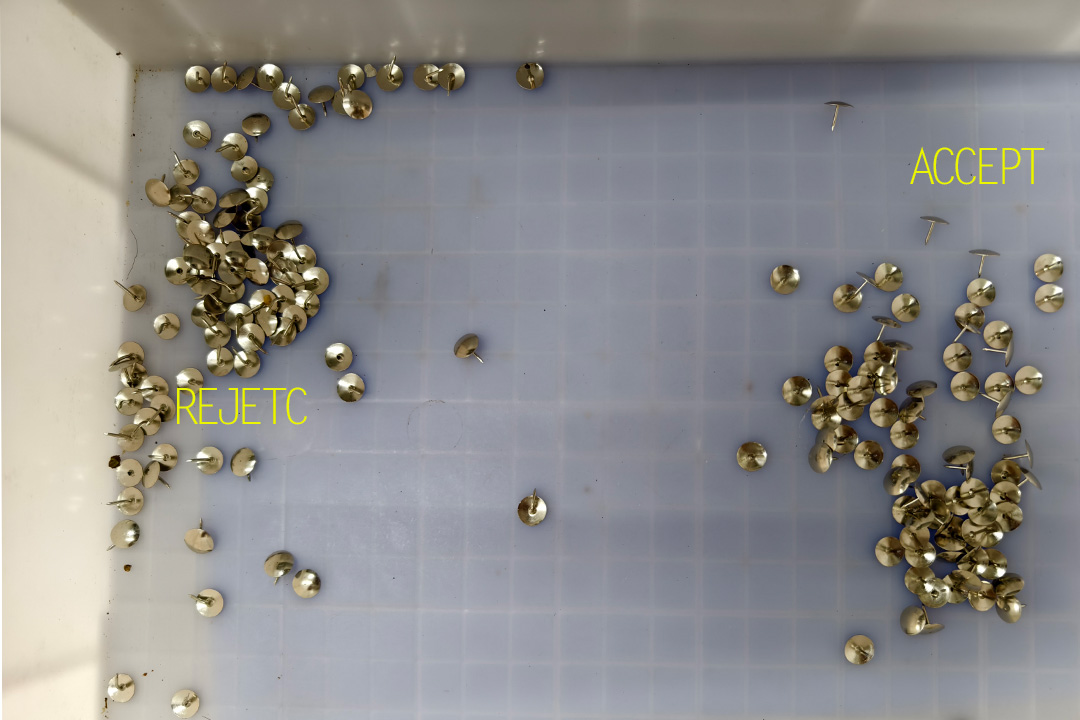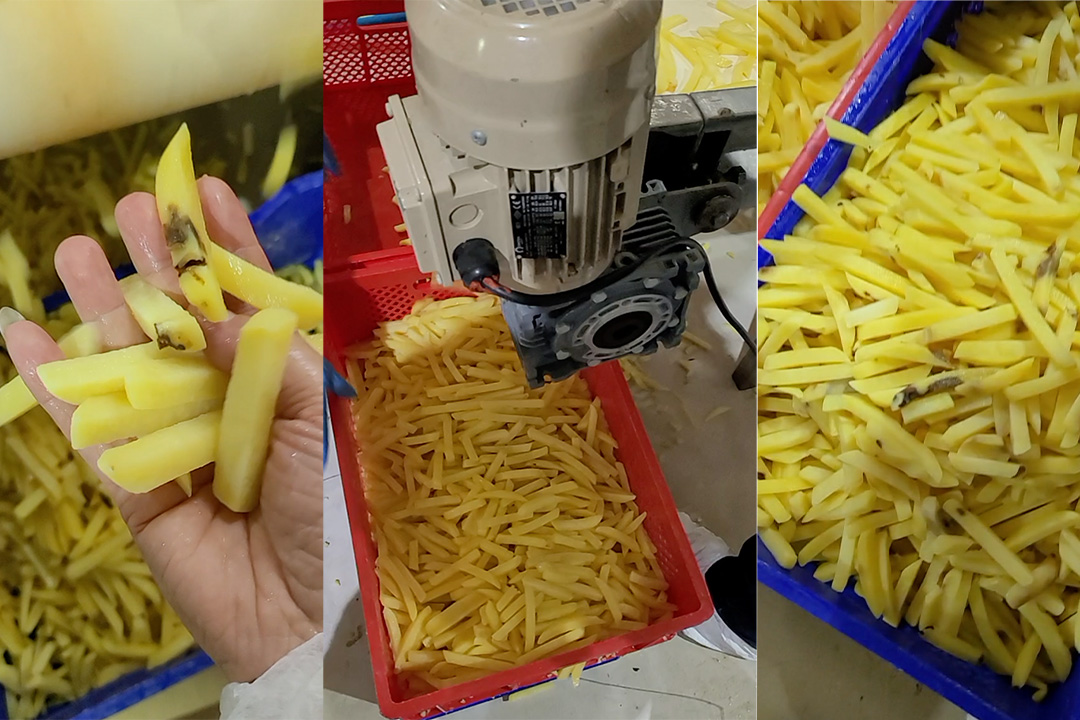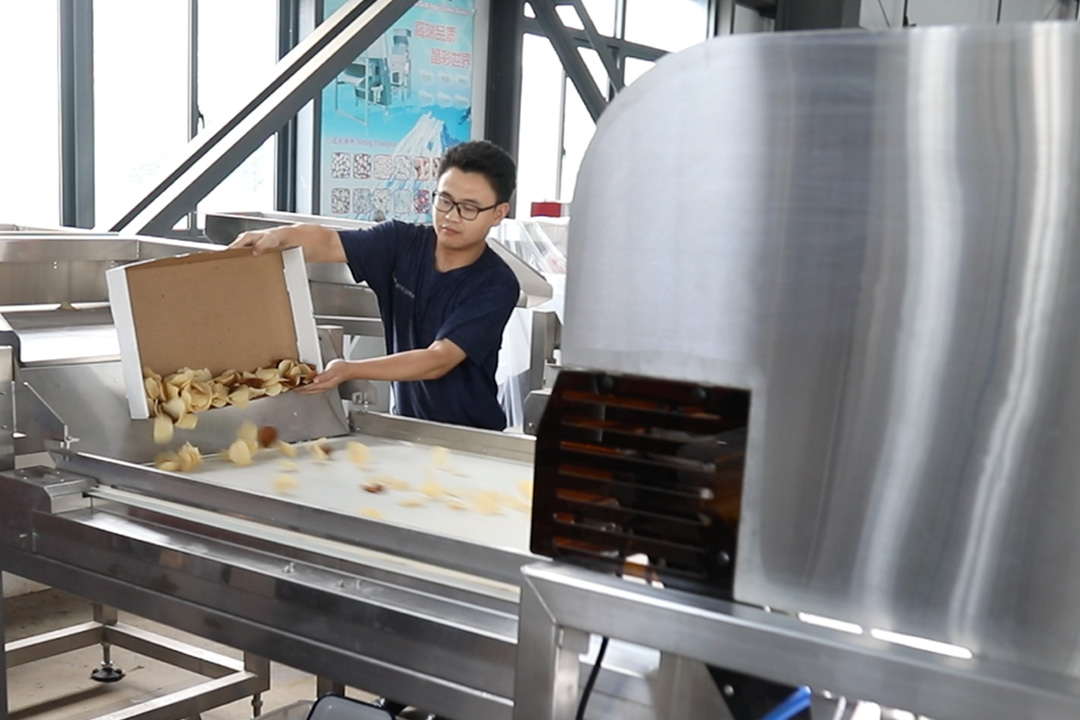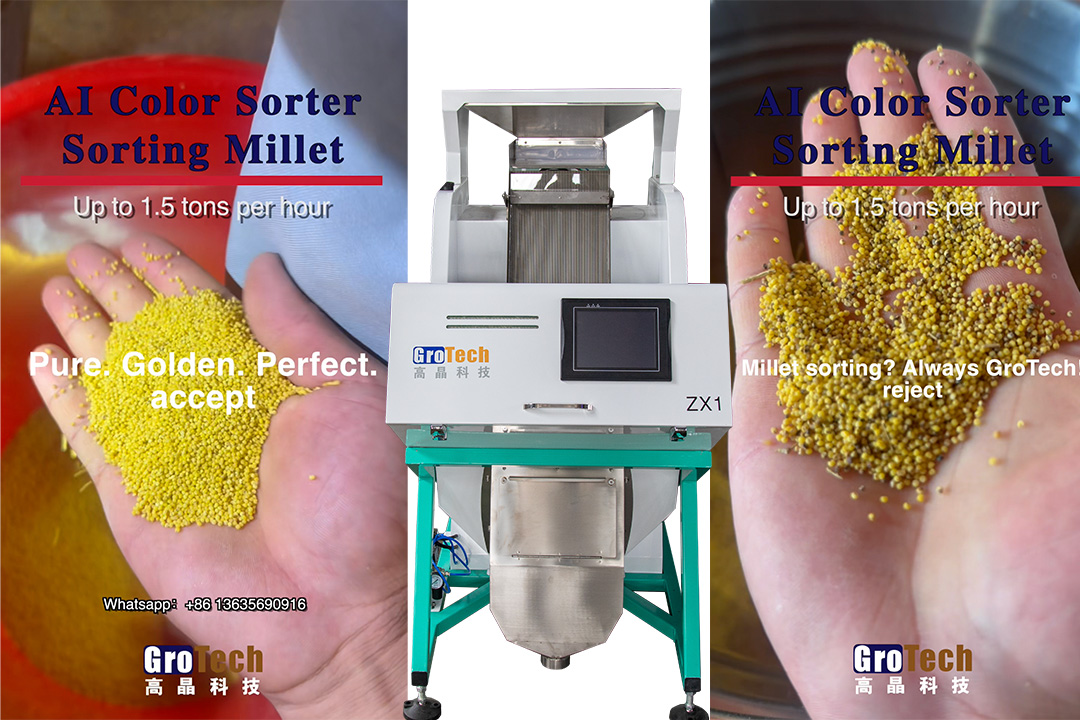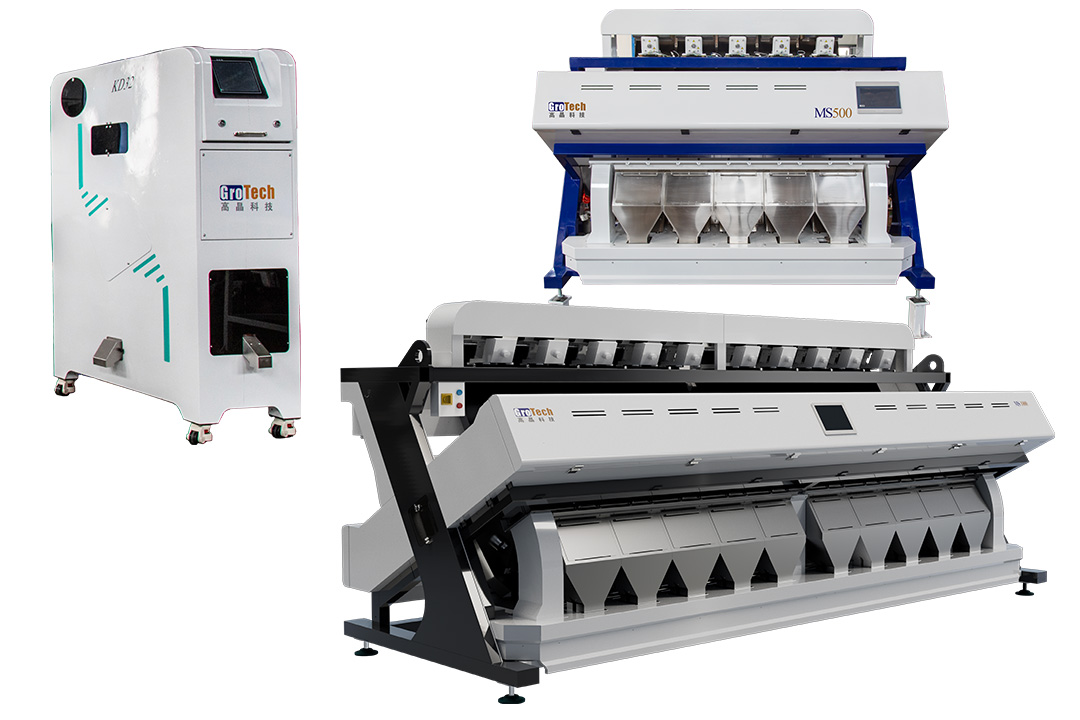Ensuring the reliability of vacuum motors (typically referring to motors that can operate stably under pressures below 10^(-2) Pa) in high-vacuum environments is a systematic project that requires strict control across multiple aspects, including material selection, structural design, manufacturing processes, and testing verification. Below are the key measures to ensure the reliability of vacuum motors, divided into several core layers:
Layer 1: Material Selection and Treatment – The Core of the Core
In high-vacuum environments, material outgassing is the primary issue. The released gases can not only contaminate the vacuum system but their condensates may also cause critical failures such as short circuits and lubrication failure.
Low Outgassing Materials:
Structural Materials: Prefer stainless steel (e.g., 304, 316L), oxygen-free copper, and aluminum alloys (requiring special surface treatment to reduce porosity). Absolutely avoid materials with high volatility or outgassing rates, such as plastics, rubber, ordinary paint, zinc, and cadmium.
Insulation Materials: Use vacuum-compatible insulating materials, such as polyimide (Kapton), polytetrafluoroethylene (PTFE), ceramics, and specialty epoxy resins. These materials are cured at high temperatures and have very low outgassing rates.
Magnetic Materials: Permanent magnets like neodymium iron boron may be unstable in high-vacuum environments, undergoing "vacuum volatilization," which leads to magnetic performance degradation. They must be coated with protective layers, such as nickel, zinc, or epoxy resin, and the coating must be dense and non-porous.
Material Pretreatment:
All materials should be rigorously cleaned before assembly to remove contaminants such as oil stains, fingerprints, and dust. Common processes include ultrasonic cleaning (using high-purity solvents like acetone and ethanol) and deionized water rinsing.
For critical components, vacuum baking may be necessary, which involves heating the materials in a vacuum environment at temperatures higher than the operating temperature for an extended period to accelerate the release of internal and surface-adsorbed gases.
Layer 2: Special Structural Design
Reducing Internal Cavities and Traps:
The motor design should minimize internal dead spaces and narrow gaps, which can act as "reservoirs" for gases and slowly release them. Common methods include using solid shafts and filling with epoxy resin.
All gaps and threaded connections should be designed to facilitate gas discharge.
Thermal Management Design:
In a vacuum, there is no air convection, making motor heat dissipation extremely challenging. Heat transfer primarily relies on radiation and conduction.
The design must be optimized to enhance heat conduction paths. For example, using materials with high thermal conductivity, increasing the contact area with the mounting base (cold plate), or even integrating cooling channels (for water or liquid nitrogen) inside the motor housing.
Precisely calculate the motor's thermal load to ensure its temperature rise in a vacuum remains within acceptable limits.
Preventing Cold Welding and Lubrication:
In ultra-high vacuum environments, clean metal surfaces may cold weld (adhere in a cold state), causing moving parts to seize.
Lubrication is one of the biggest challenges for vacuum motors. Ordinary greases will rapidly volatilize and contaminate the entire vacuum system.
Solid Lubrication: Use materials such as molybdenum disulfide, graphite, or PTFE. However, note that graphite's lubricity depends on adsorbed water vapor, and its performance may degrade in ultra-high vacuum.
Hard Coating Lubrication: Such as diamond-like carbon films.
Precious Metal Lubrication: Soft metals like gold and silver, which are less prone to oxidation, offer good lubrication in vacuum environments.
Specialized Space-Grade Lubricants: Such as perfluoropolyether or alkyl naphthalene synthetic oils, which are highly purified and have extremely low vapor pressure.
Layer 3: Manufacturing and Assembly Processes
Cleanroom Environment:
The entire motor assembly must be carried out in a high-grade cleanroom to prevent contamination from dust and fibers.
Welding Instead of Thread Locking Agents:
Use vacuum-compatible welding methods such as TIG welding or electron beam welding to seal the housing and connect wires. Avoid using thread-locking agents or sealants that produce volatile substances.
Lead Wire and Sealing:
The power and signal wires exiting the vacuum chamber are critical leakage points. Vacuum feedthroughs must be used, which employ ceramic-metal sealing technology to ensure absolute airtightness.
Layer 4: Testing and Verification
This is the final step to verify whether all design and process requirements are met.
Ground Simulation Testing:
Vacuum Level Testing: Place the motor in a vacuum chamber simulating its working environment, pump it to high vacuum (or even ultra-high vacuum), and operate it for an extended period while monitoring changes in vacuum levels to evaluate its total outgassing rate.
Life Testing: Conduct long-term start-stop, acceleration-deceleration, and continuous operation tests in a vacuum environment to assess its mechanical lifespan, lubrication longevity, and long-term stability of insulation performance.
High and Low-Temperature Cycle Testing: Simulate temperature changes in space or scientific equipment to verify the thermal compatibility of motor materials and structures, as well as the performance of lubricants at different temperatures.
Outgassing Product Collection Testing: Use quartz crystal microbalances or mass spectrometers to analyze the gas components released by the motor and identify contamination sources.
Summary
Ensuring the reliability of vacuum motors in high-vacuum environments is a closed-loop quality control system that runs through the entire process of design, material selection, manufacturing, and testing. The core guiding principles are:
Minimizing outgassing to the extreme: Achieved through low-outgassing materials, vacuum baking, and clean assembly.
Effectively addressing heat dissipation: Achieved by optimizing heat conduction and radiation paths.
Reliably achieving lubrication: Accomplished by selecting appropriate solid or specialized liquid lubrication solutions.
Rigorously verifying performance: Validated through ground simulations of all harsh operating conditions.
For highly demanding applications (such as spacecraft or particle accelerators), every detail is critical, and any minor oversight could lead to the failure of the entire mission.





